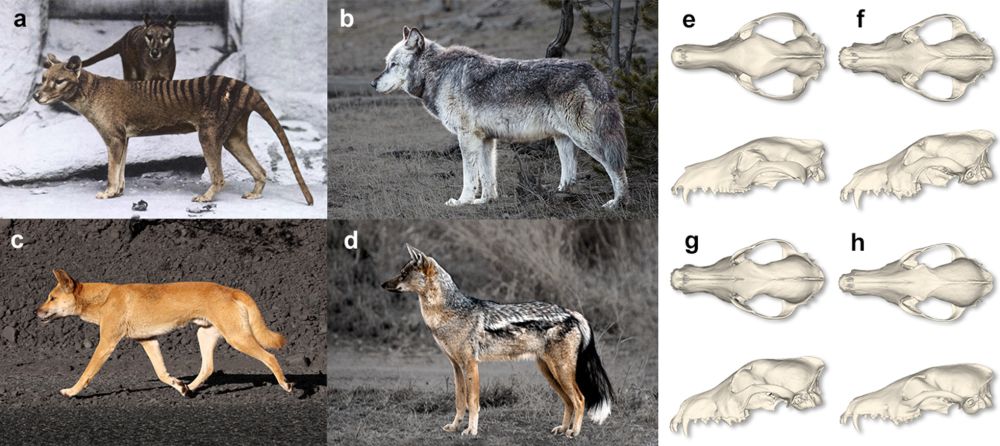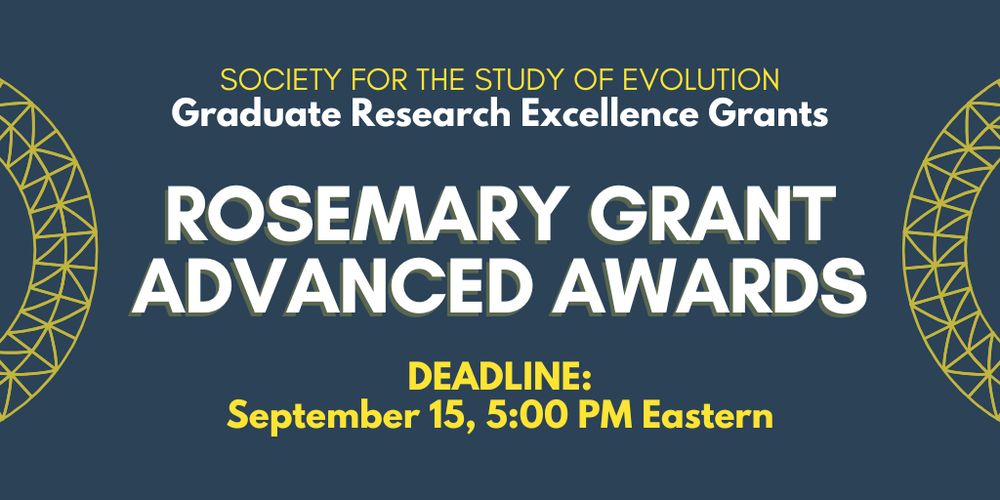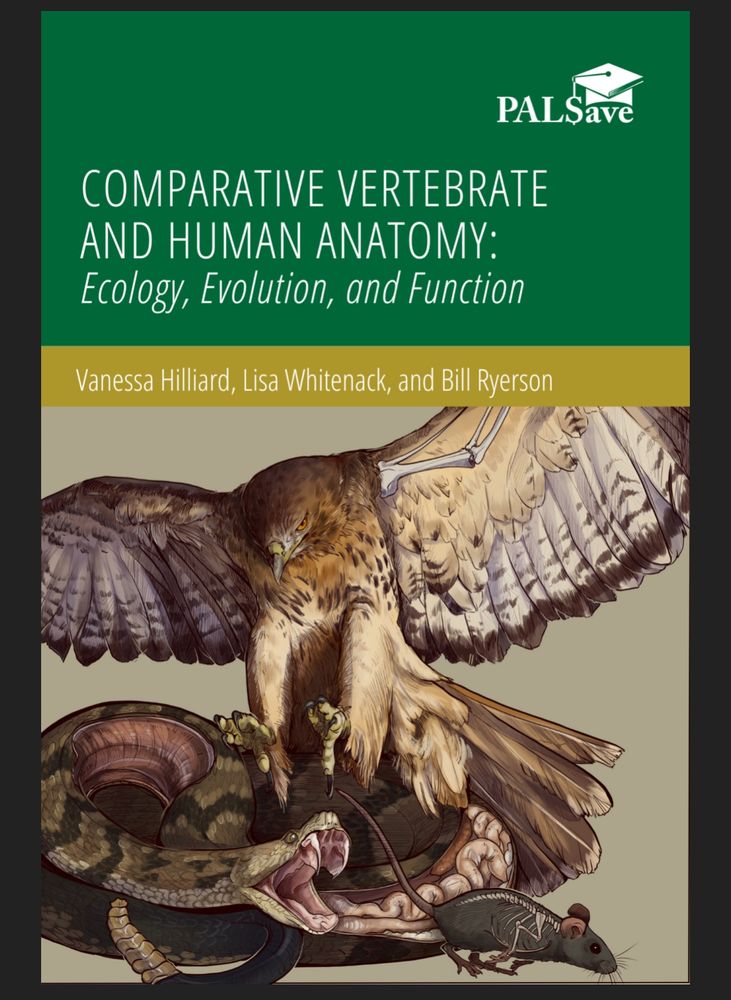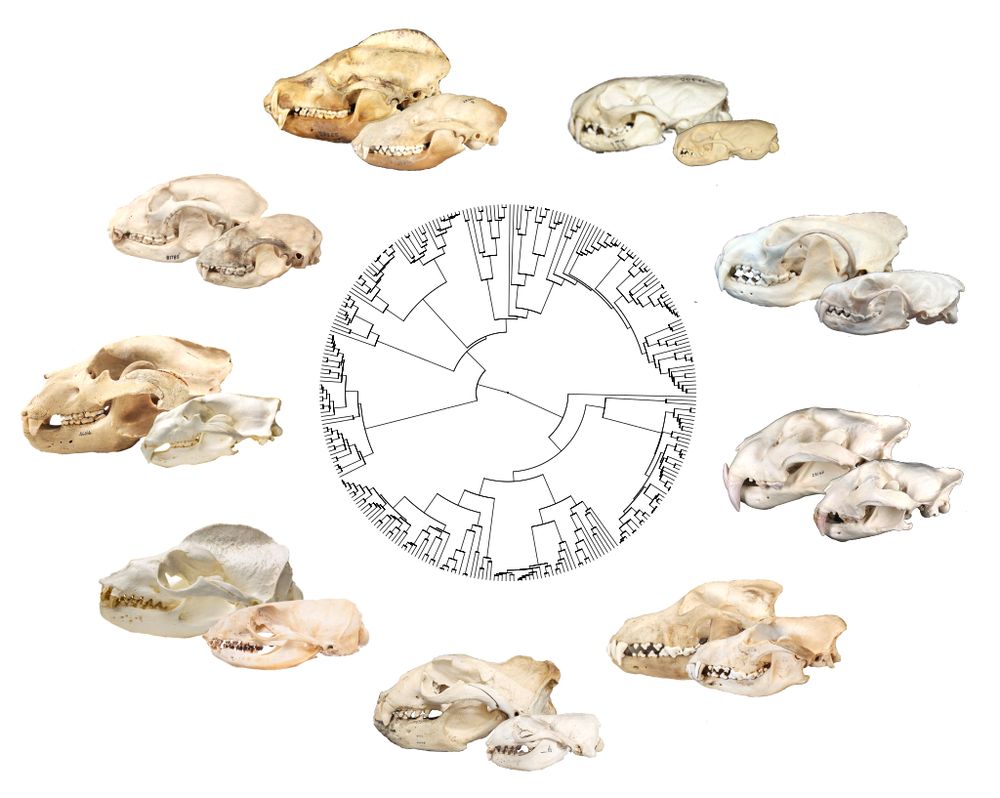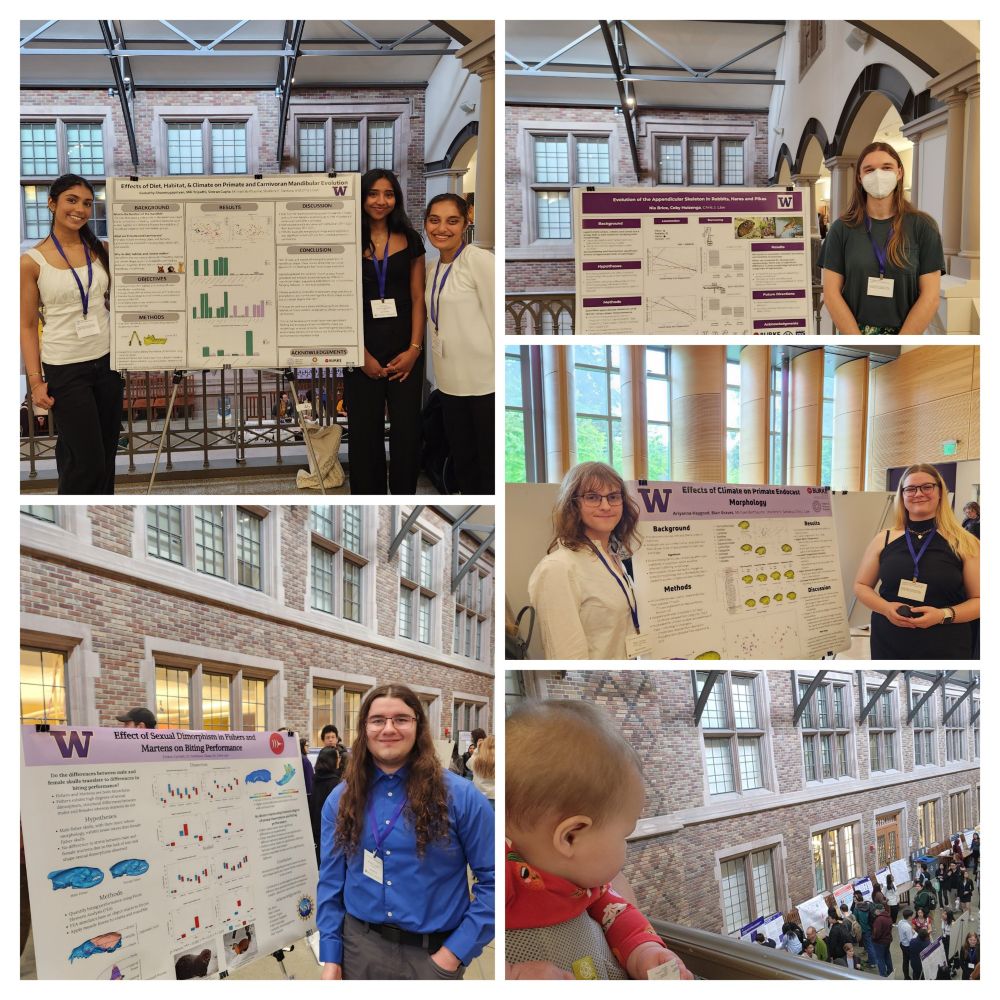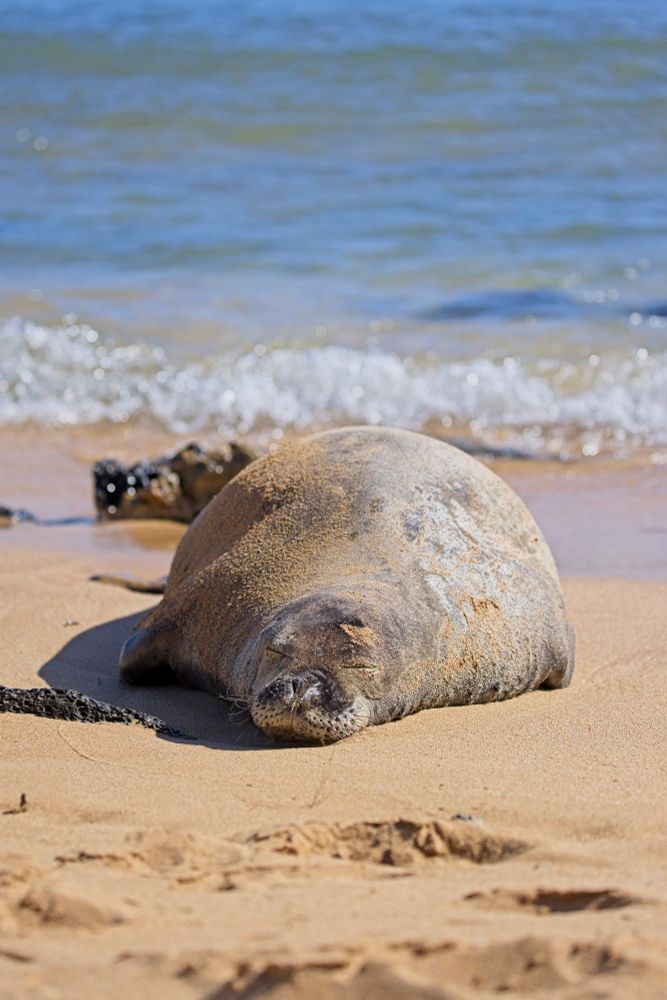Chris Law
@chrislaw.bsky.social
1.3K followers
240 following
130 posts
Biologist & Affiliate Curator at Burke Museum/University of Washington
Assistant Project Scientist at UC Berkeley
Artist @AnimalisDesigns
he/him | firstgen BS & PhD
chrisjlaw.com
Posts
Media
Videos
Starter Packs
Reposted by Chris Law
Reposted by Chris Law
sam sambado
@samsambado.bsky.social
· Sep 4

The paradoxical impact of drought on West Nile virus risk: insights from long-term ecological data | Proceedings of the Royal Society B: Biological Sciences
Mosquito-borne diseases are deeply embedded within ecological communities, with environmental
changes—particularly climate change—shaping their dynamics. Increasingly intense droughts
across the globe...
royalsocietypublishing.org
Reposted by Chris Law
Reposted by Chris Law
Chris Law
@chrislaw.bsky.social
· Aug 20
Reposted by Chris Law
Reposted by Chris Law
Chris Law
@chrislaw.bsky.social
· Jul 30
Chris Law
@chrislaw.bsky.social
· Jul 29
Chris Law
@chrislaw.bsky.social
· Jul 29
Chris Law
@chrislaw.bsky.social
· Jul 28
Chris Law
@chrislaw.bsky.social
· Jul 28
Chris Law
@chrislaw.bsky.social
· Jul 18
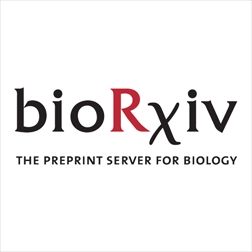
Long-fuse evolution of carnivoran skeletal phenomes through the Cenozoic
Climatic change is hypothesized to promote phenotypic diversification. While neontological analyses are often used to test this hypothesis, extant data only captures the time-averaged signal of surviv...
www.biorxiv.org
Reposted by Chris Law
Chris Law
@chrislaw.bsky.social
· Apr 29
Reposted by Chris Law
Chris Law
@chrislaw.bsky.social
· Apr 12


